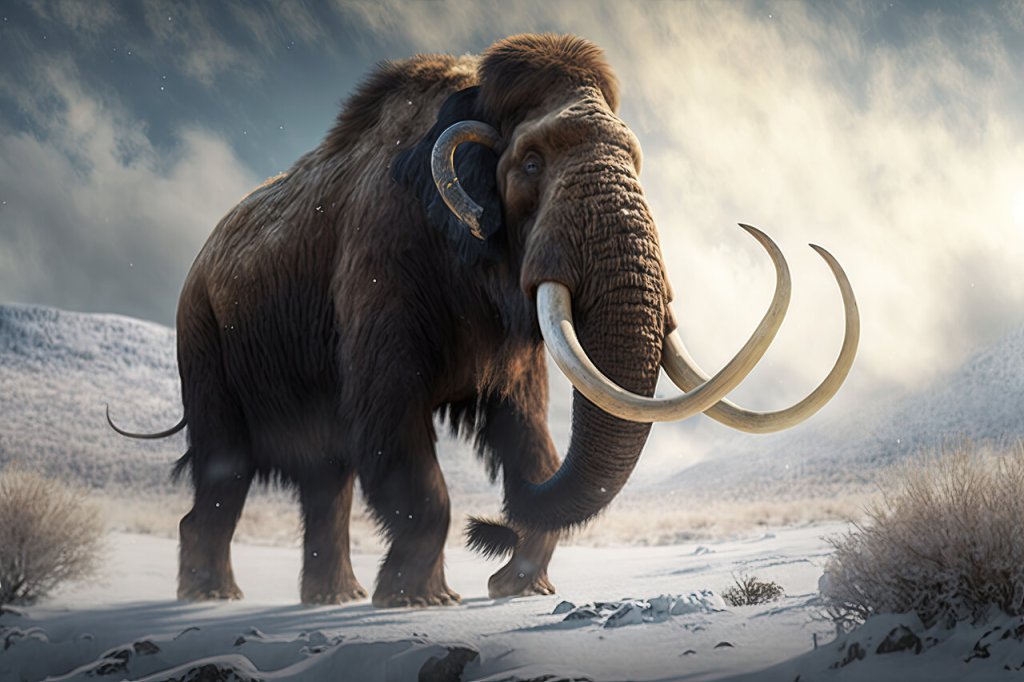Science of Snowflakes
Appreciating Winter's Beauty
Winter is here, which means lots of snow for the Northern Hemisphere. Let’s explore the captivating world of snowflakes by delving into their intricate structure and formation. To quote Aristotle, “To appreciate the beauty of a snowflake, it is necessary to stand out in the cold.” Snowflakes are captivating, with each delicate ice crystal’s unique […]


